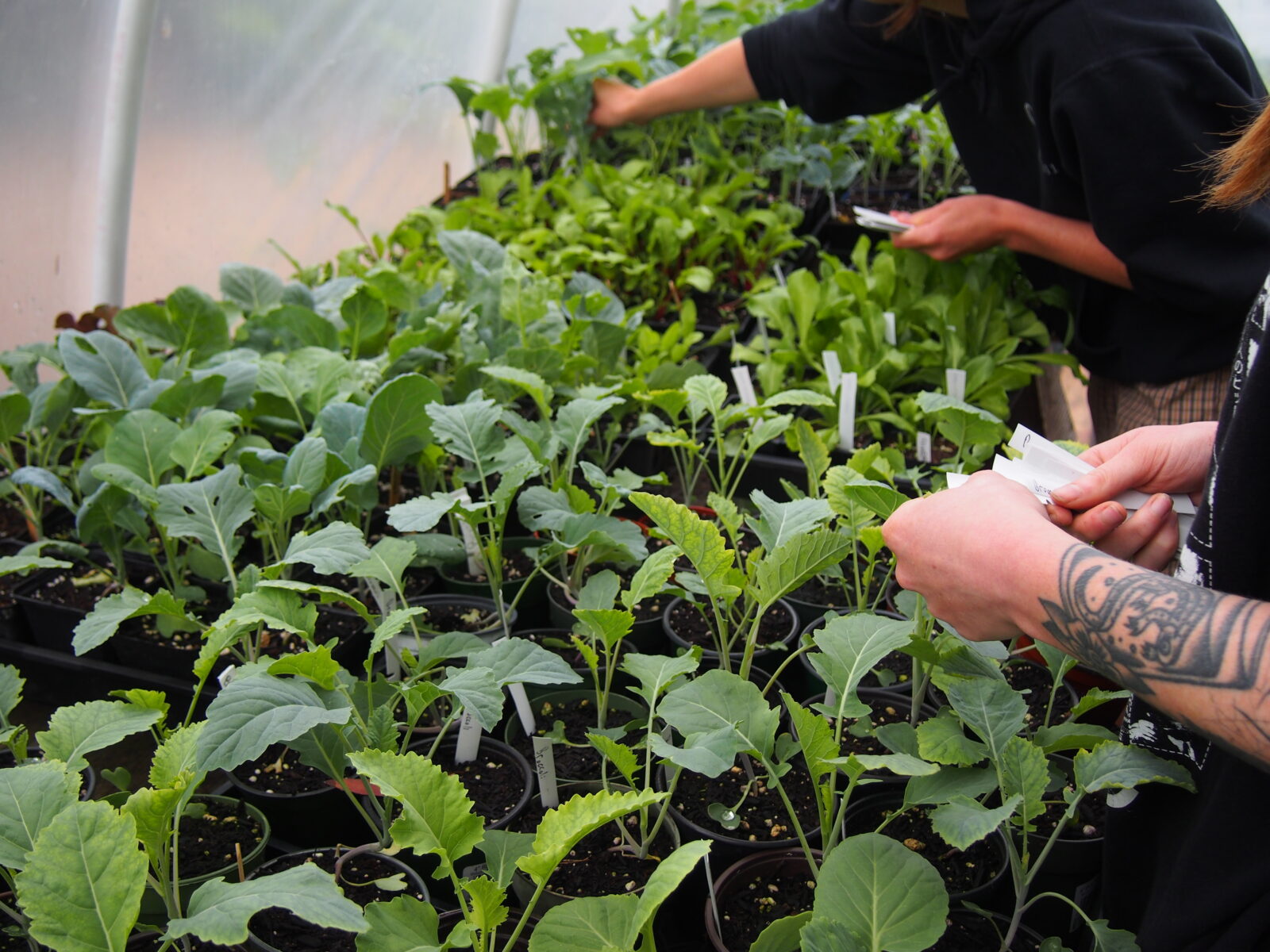
RESOURCES
Factsheets
Curious about composting or organic food growing methods? We’ve got factsheets to cover all of your bases!
-
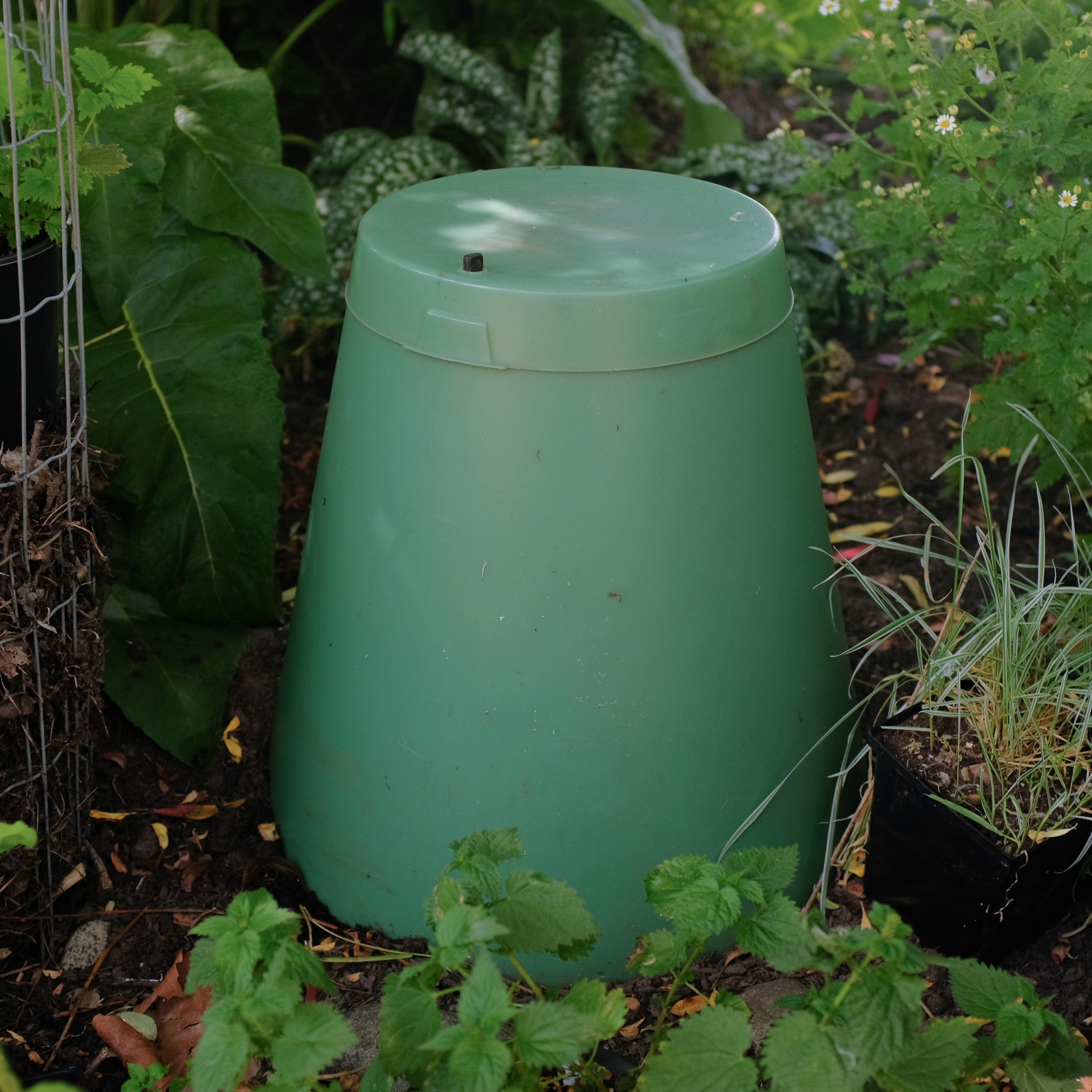
#3 Backyard Food Waste Digester
Food waste digesters are the easiest way to compost any type of kitchen scraps, including hard to manage kitchen waste like meat, breads, dairy and processed foods. Since these food scraps often attract rodents, the enclosed, half-buried digester acts as a deterrent, keeping rodents out of your compost and away from your home.
-
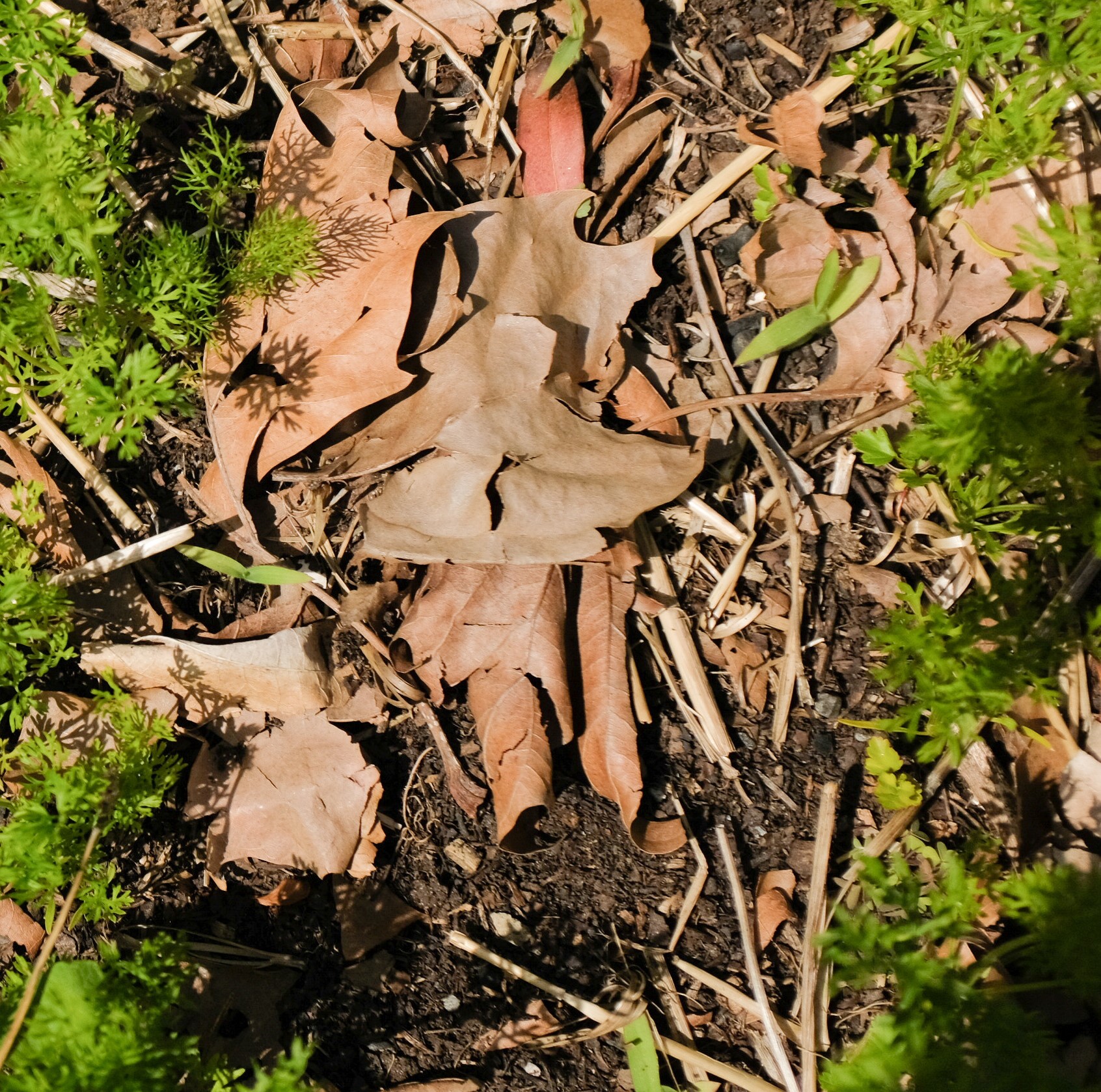
#6 Urban Leaves
Leaves are a gardener’s greatest resource as they be used to greatly improve one’s soil.
-
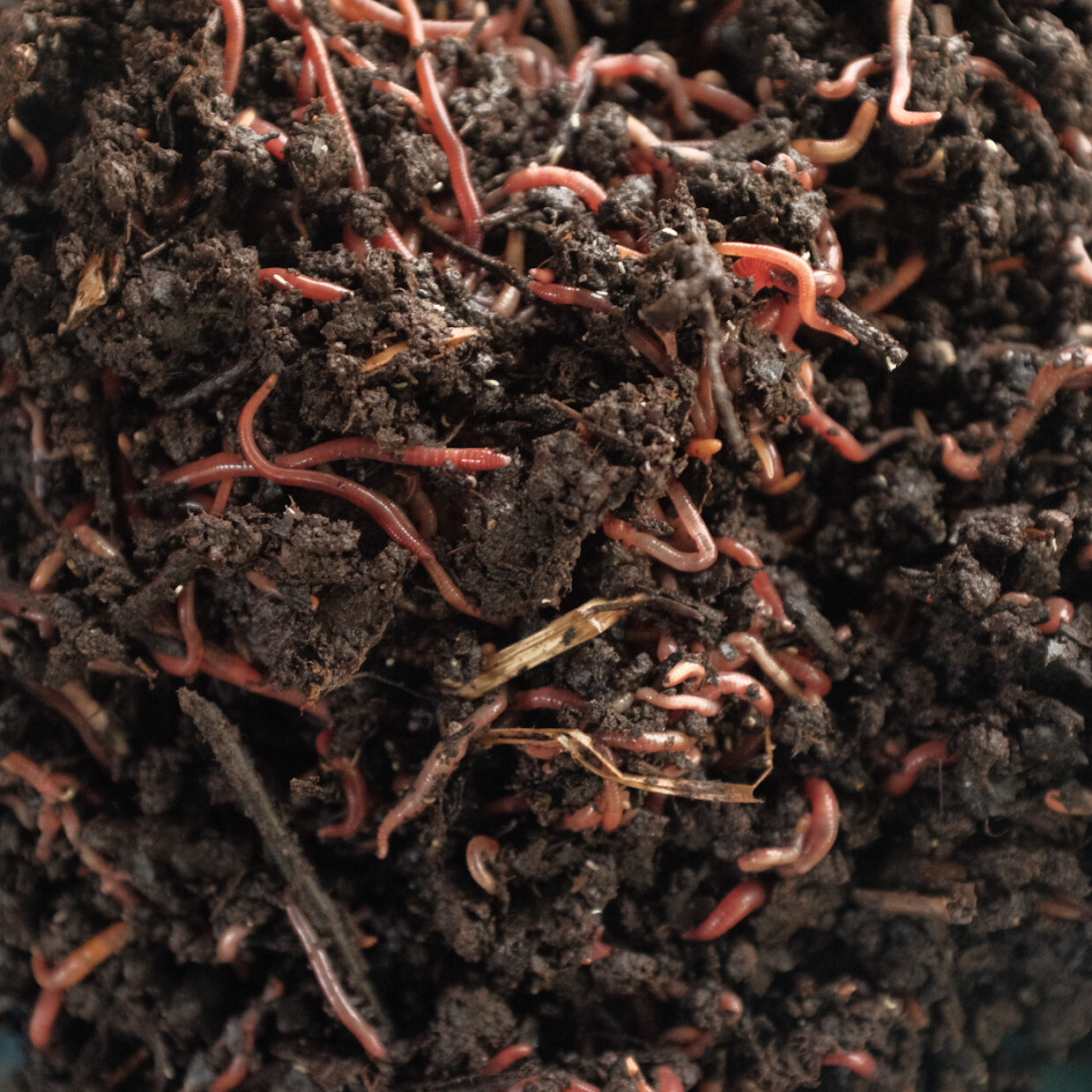
#8 Compost Ecology
Three levels of decomposers work in a compost pile to break down raw organic matter into the nutrient-rich, soil-like texture of finished compost.
-
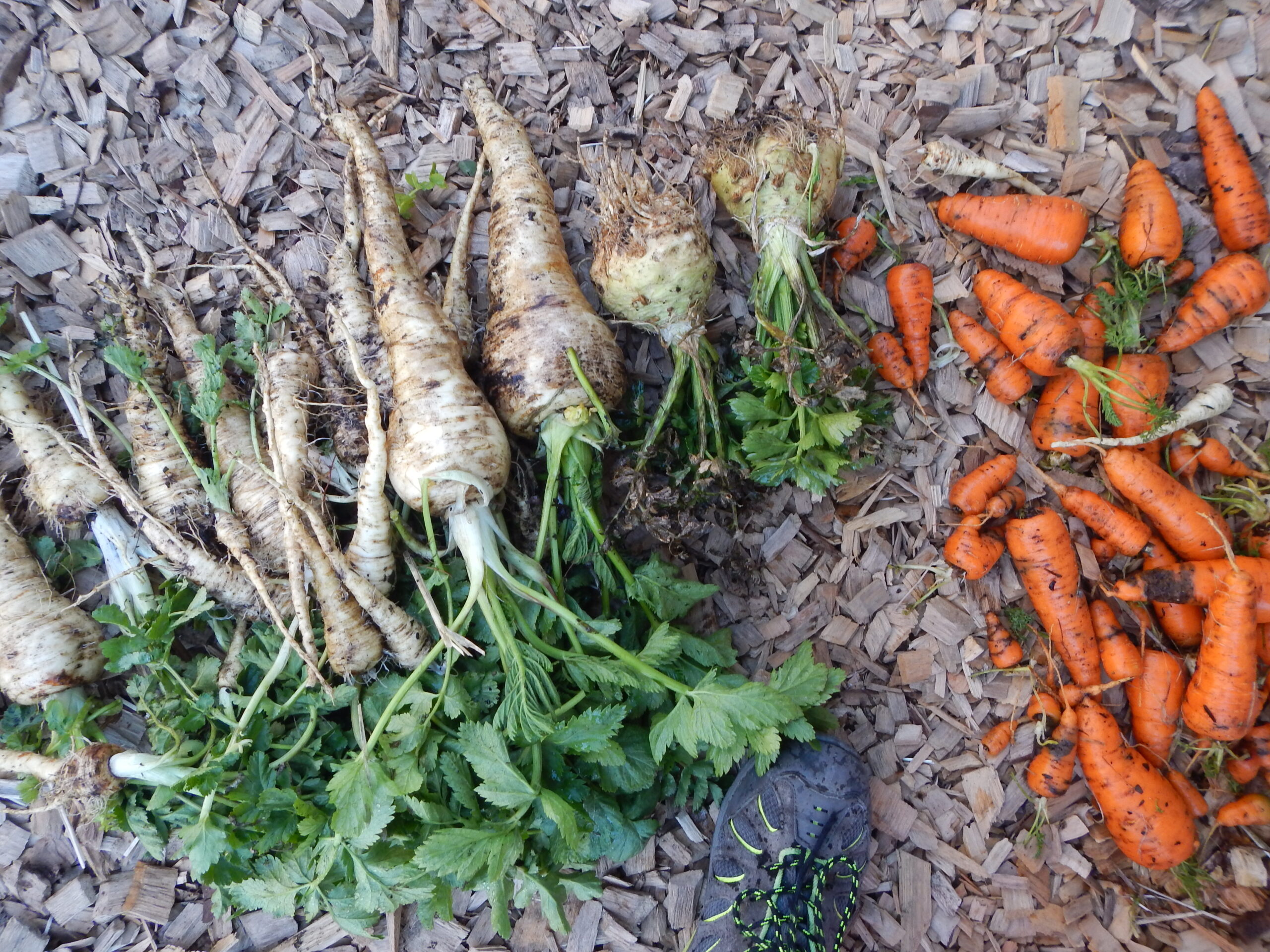
#11 Understanding & Addressing Soil Contamination
Soil contaminants from historical industrial activity may get into or onto our veggies and fruits and have negative health effects over the long term.
-
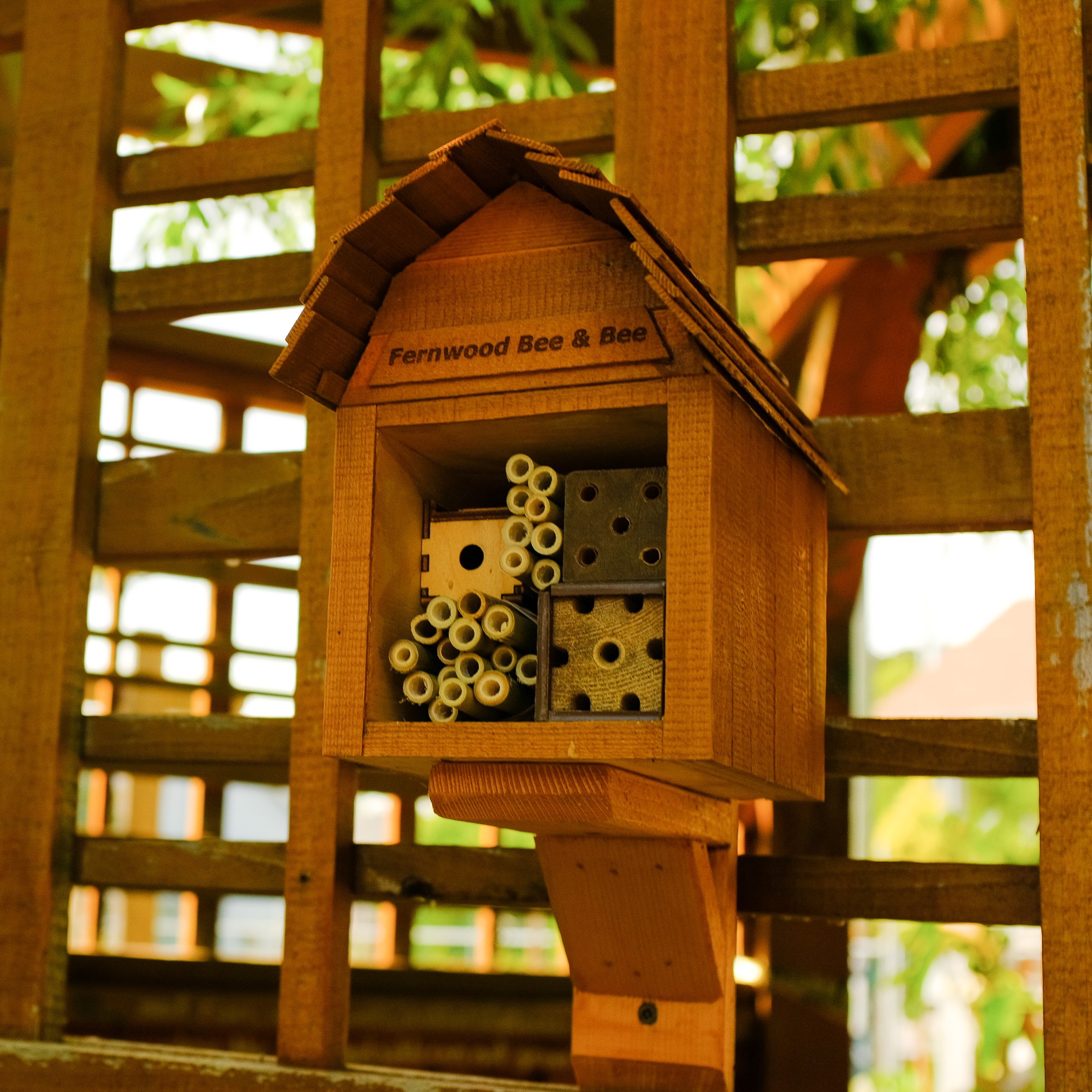
#15 Pollinator Stewardship
Pollinator Stewardship ensures the insects and animals that pollinate much of the produce that we consume are supported.
-
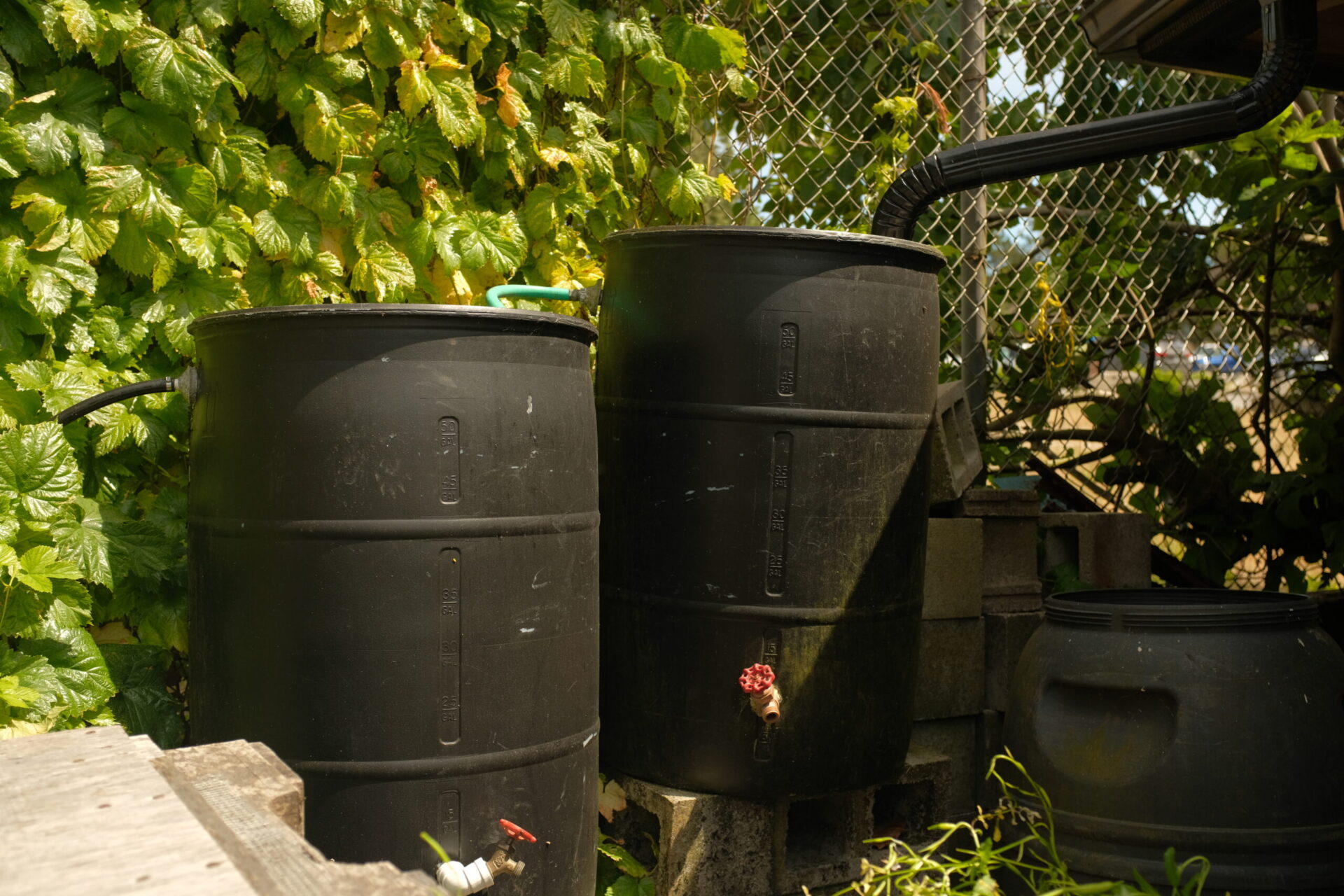
#16 Rainwater Harvesting
Sustainable rainwater collection and storage for use in the home and garden helps urban watersheds mimic the function of natural systems.
-
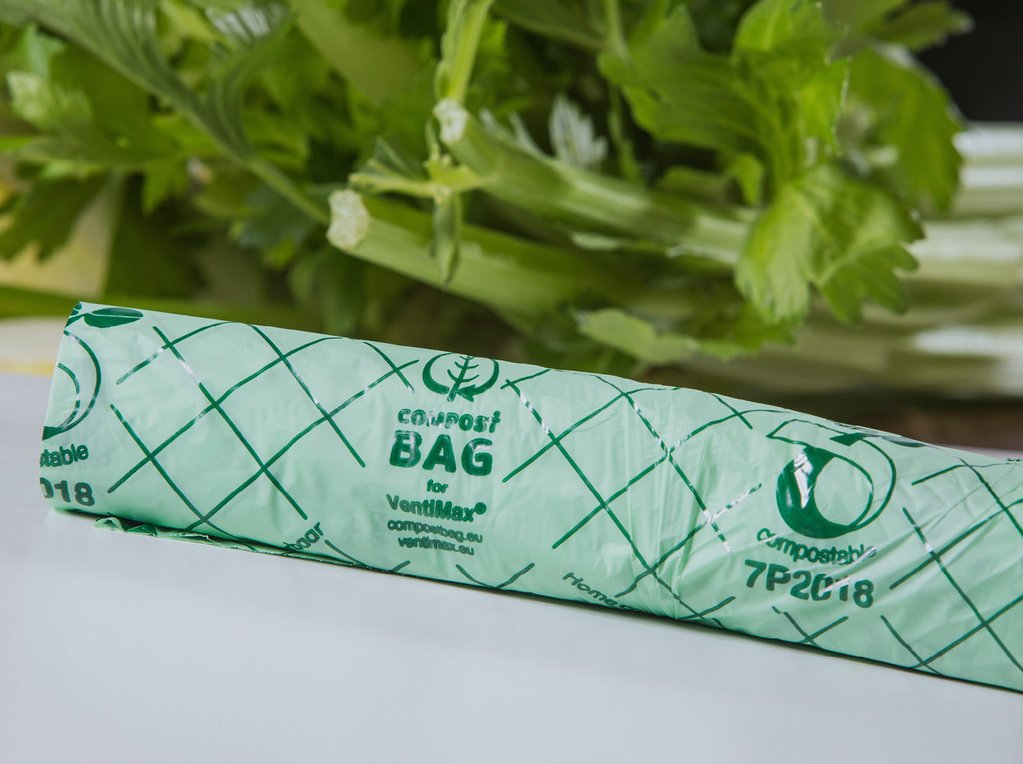
#17 Understanding Compostable Plastics
Learn the different between certified compostable products and how to dispose of them accordingly.
-
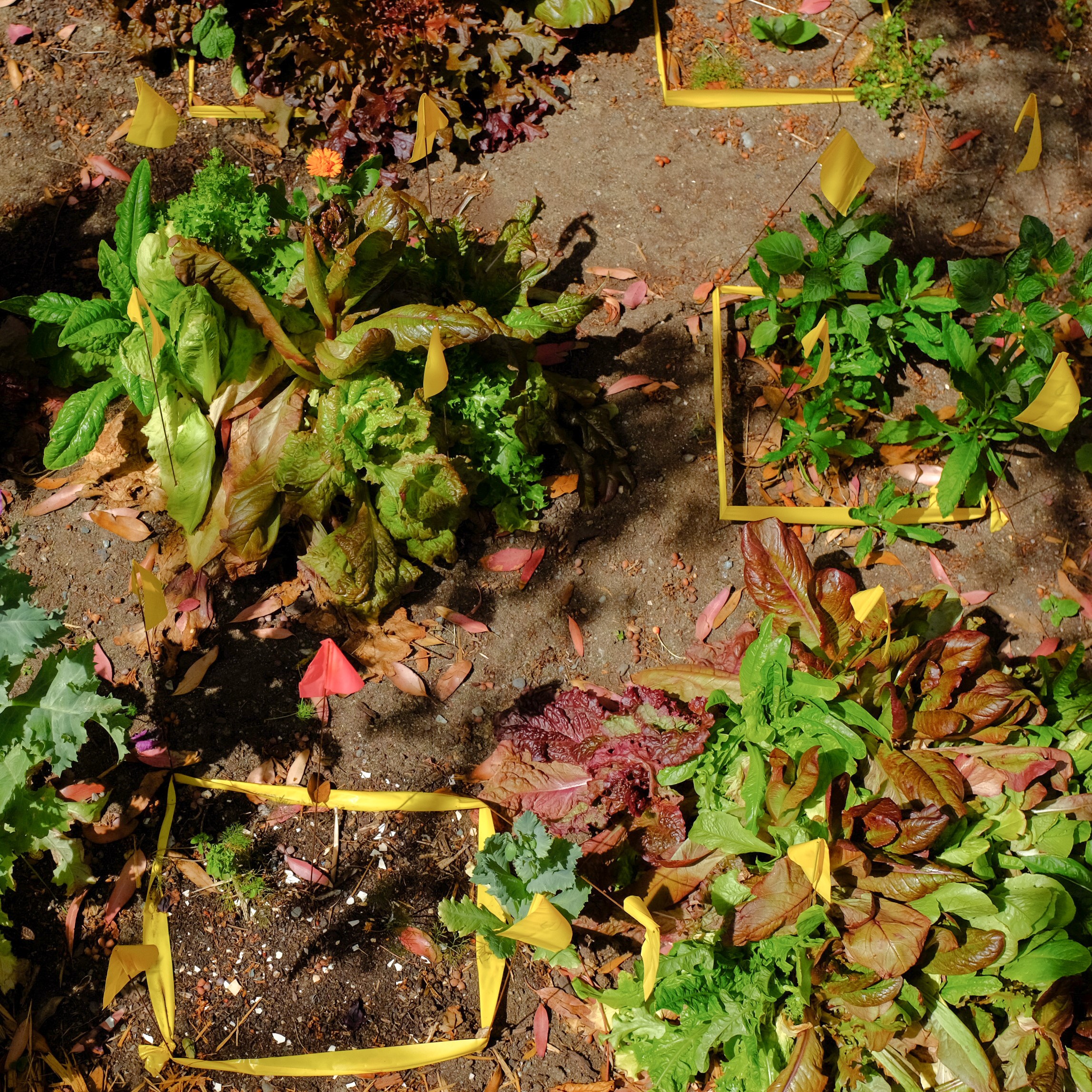
#19 Bioremediation for Urban Gardeners
This Healing City Soils Factsheet offers ways that home-scale food gardeners, small urban farmers and community gardeners can draw on their soil and plant knowledge and skills to remediate soils that are contaminated with low to moderate soil concentrations of heavy metals.
-
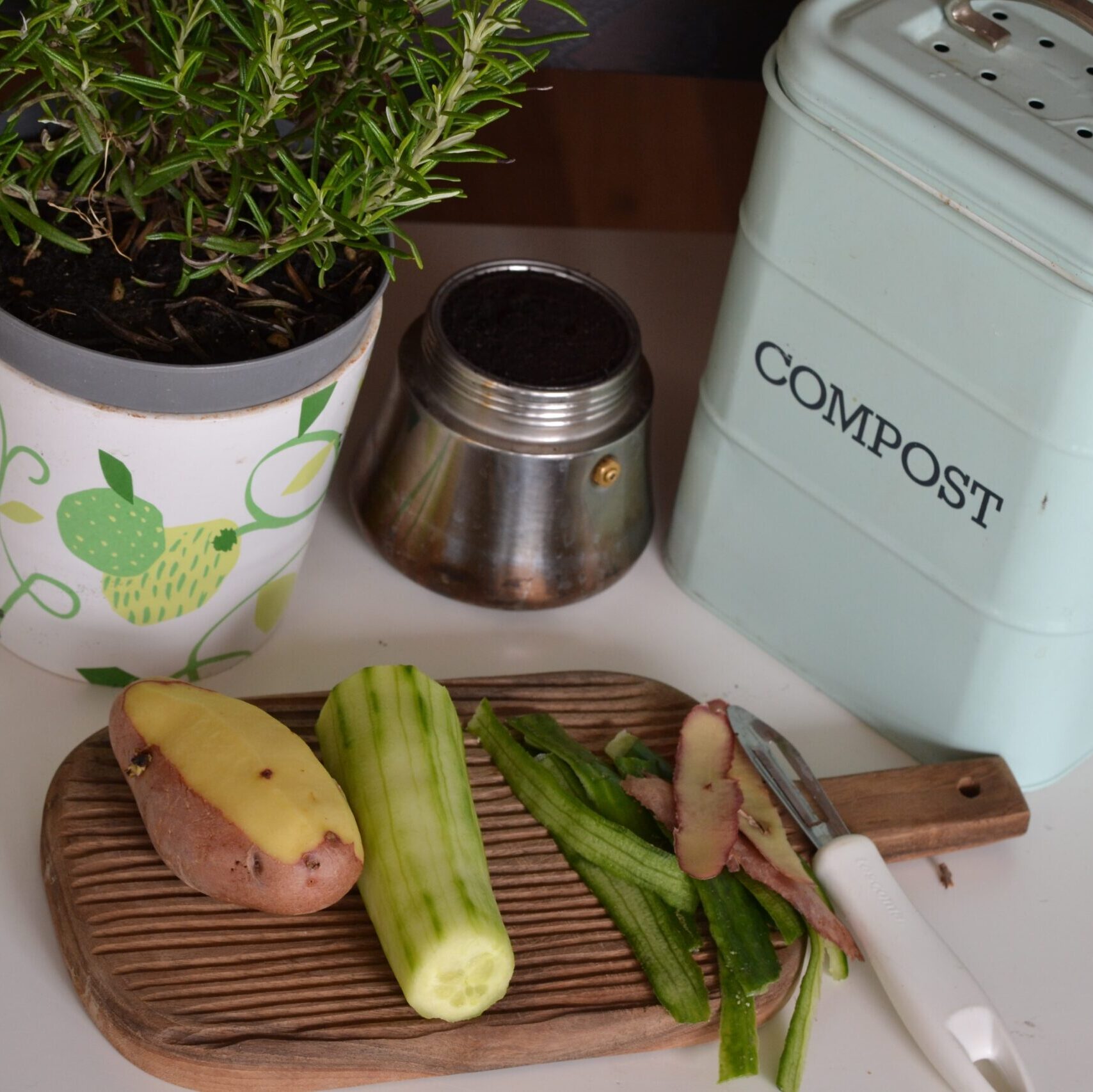
#21 Zero Waste Living
Learn ways to integrate zero waste living into your kitchen, bathroom, office space, and more!
